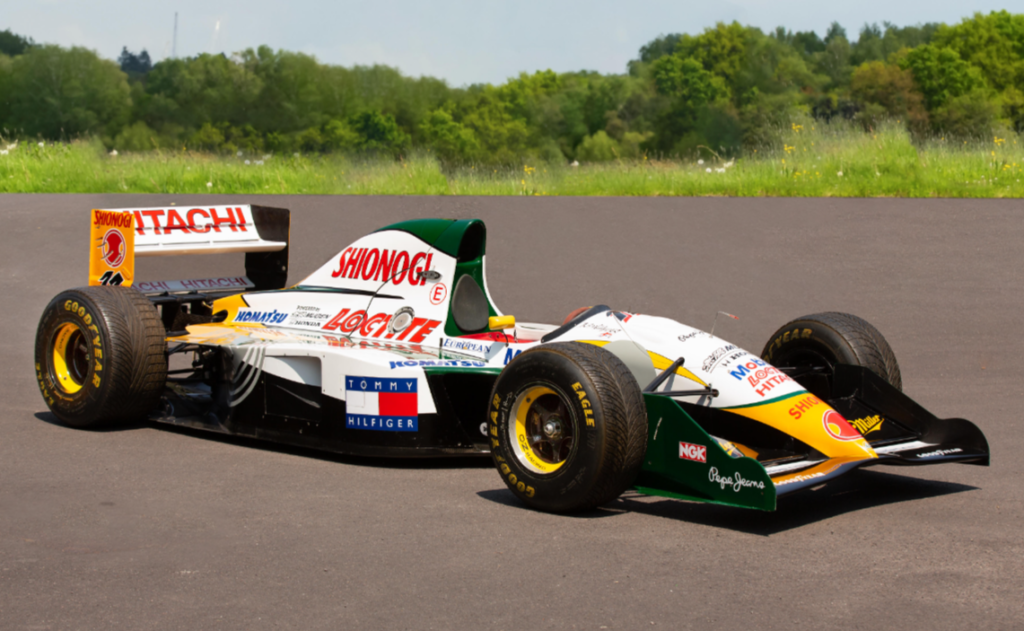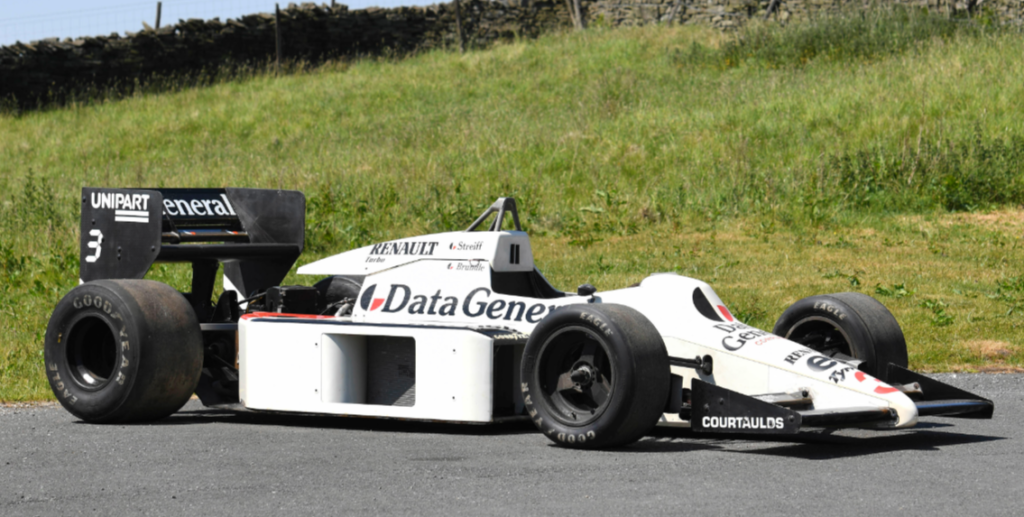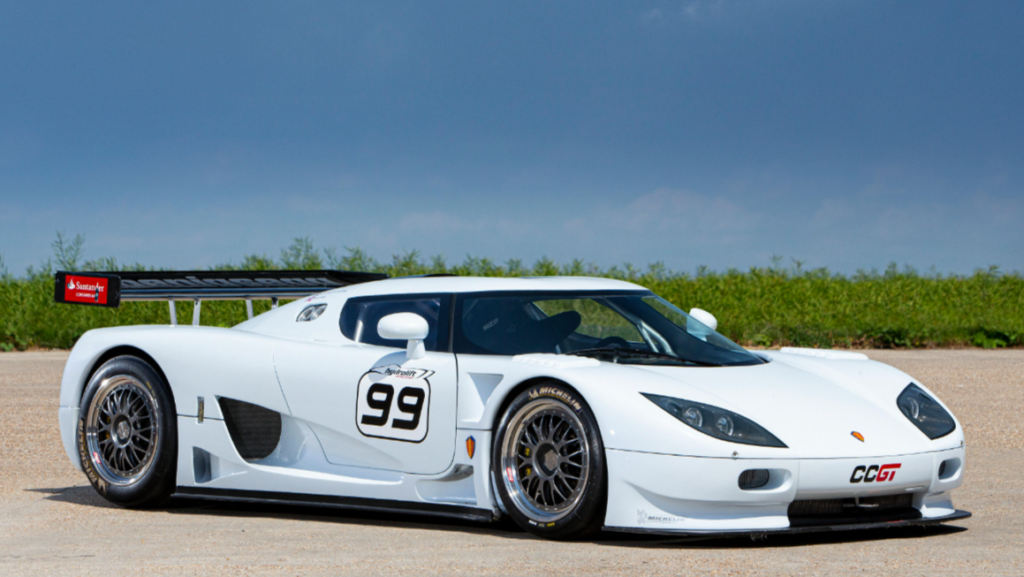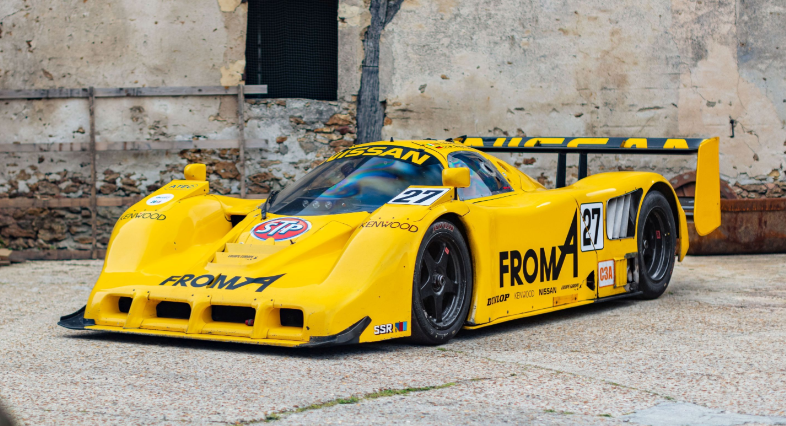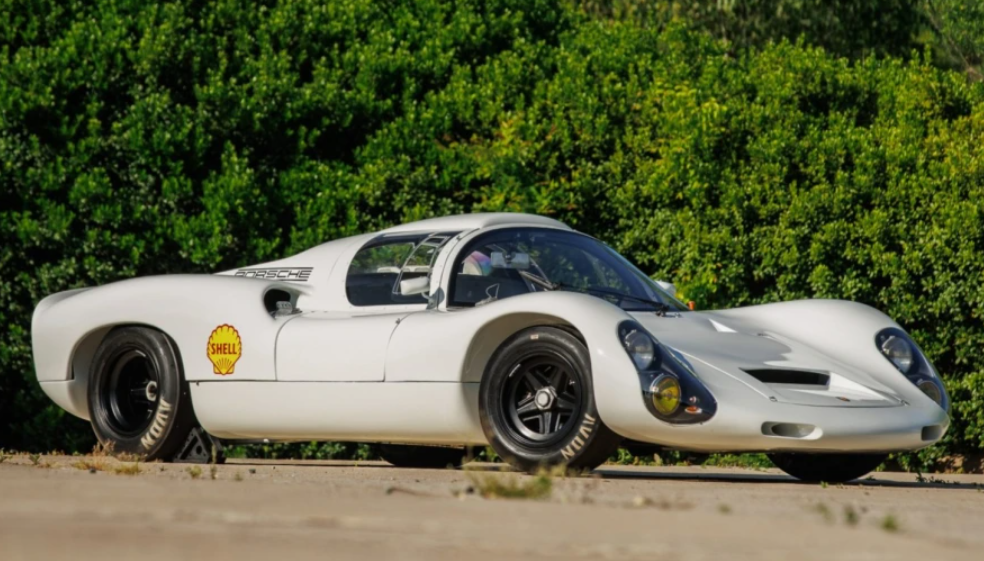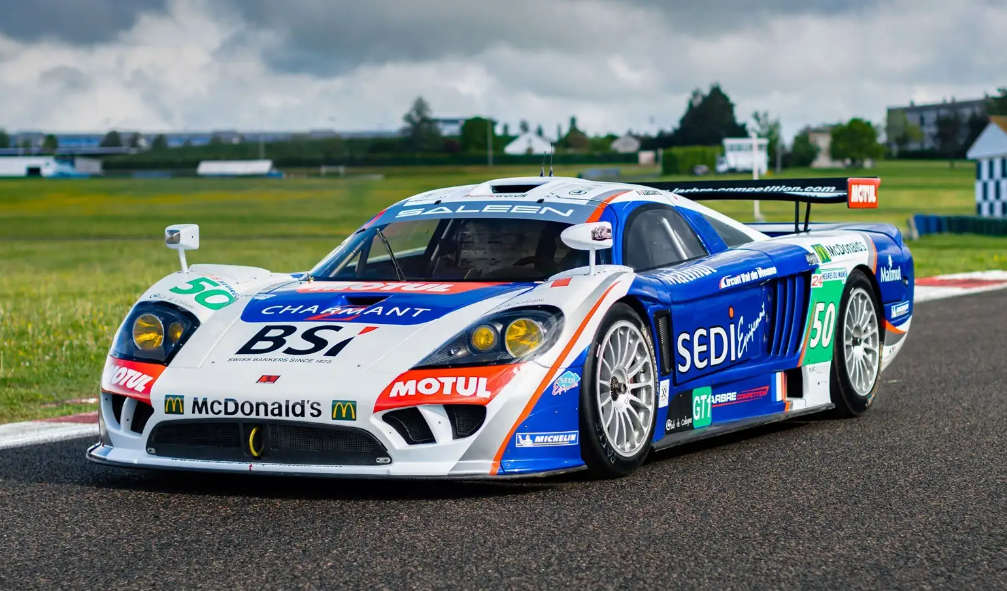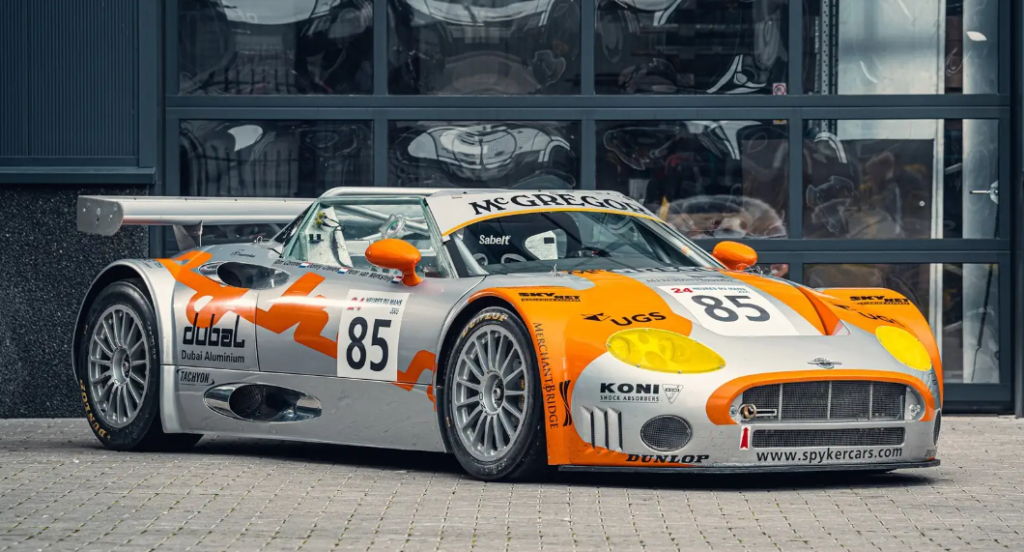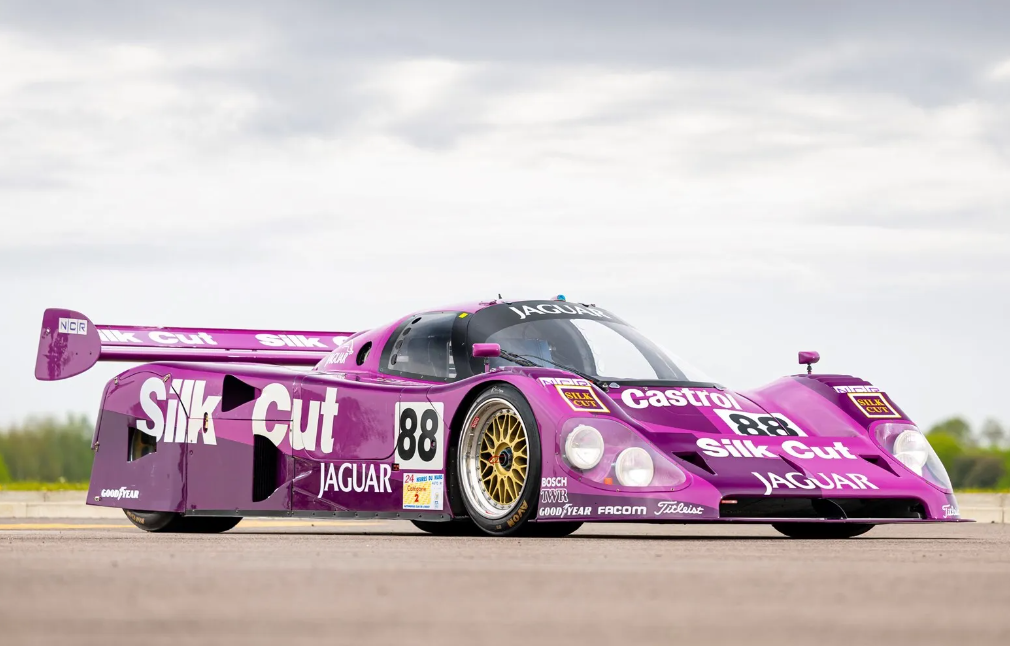1949 Kurtis/Deidt-Offenhauser FWD Special
Offered by RM Sotheby’s | Monterey, California | August 17-19, 2023
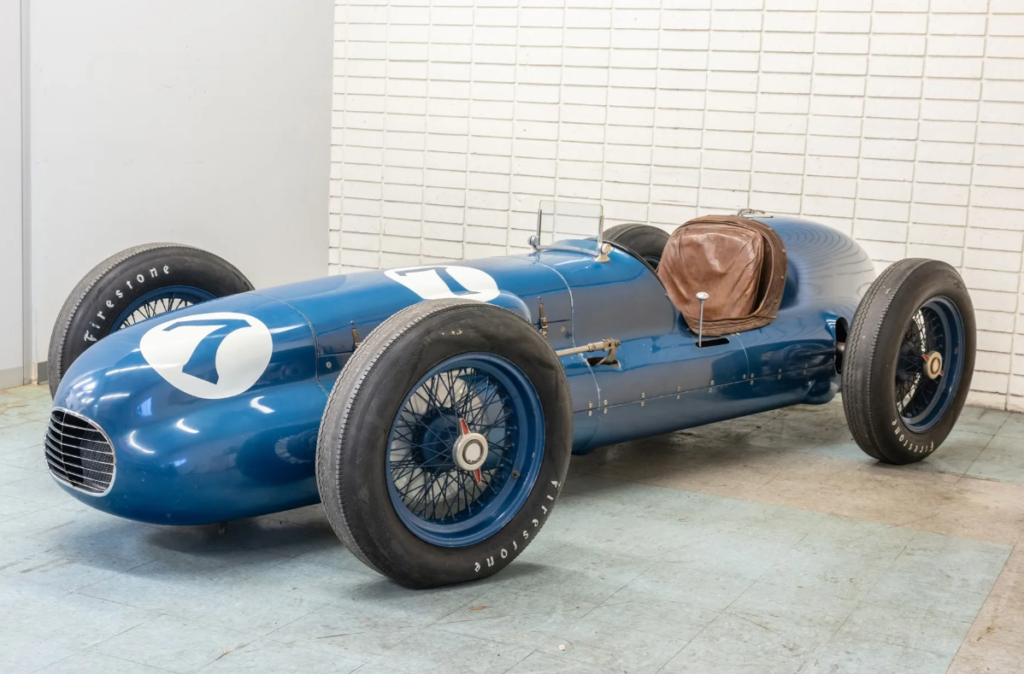
Here’s a handful of names that once dominated at Indianapolis: Frank Kurtis, Emil Deidt, Fred Offenhauser. Combining all three into one car? Should be pretty special. And that’s kind of what happened here.
So, what happened here was: owner Gil Pearson commissioned Deidt to build two front-wheel-drive race cars. Frank Kurtis built the body and frame, and then they stuffed a 4.4-liter Meyer-Drake-Offenhauser inline-four up front to drive the front wheels. They took it out to the Muroc dry lake bed and hit 176 mph.
It was then used in some movies before being parked with its sister car behind Gil Pearson’s house until the 1990s. It was then restored before being invited to Pebble Beach in 2001. Now it has a pre-sale estimate of $350,000-$500,000. Click here for more info.
Update: Not sold.


